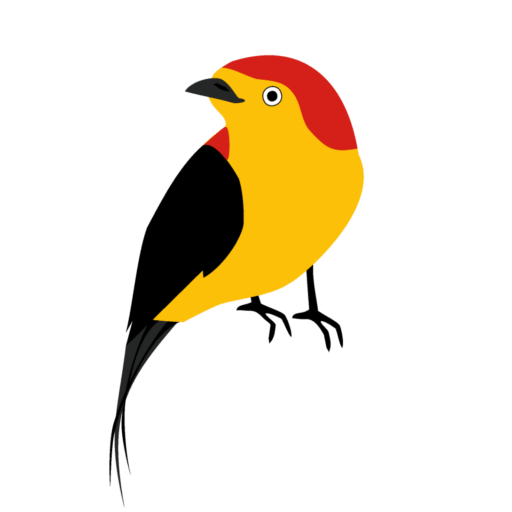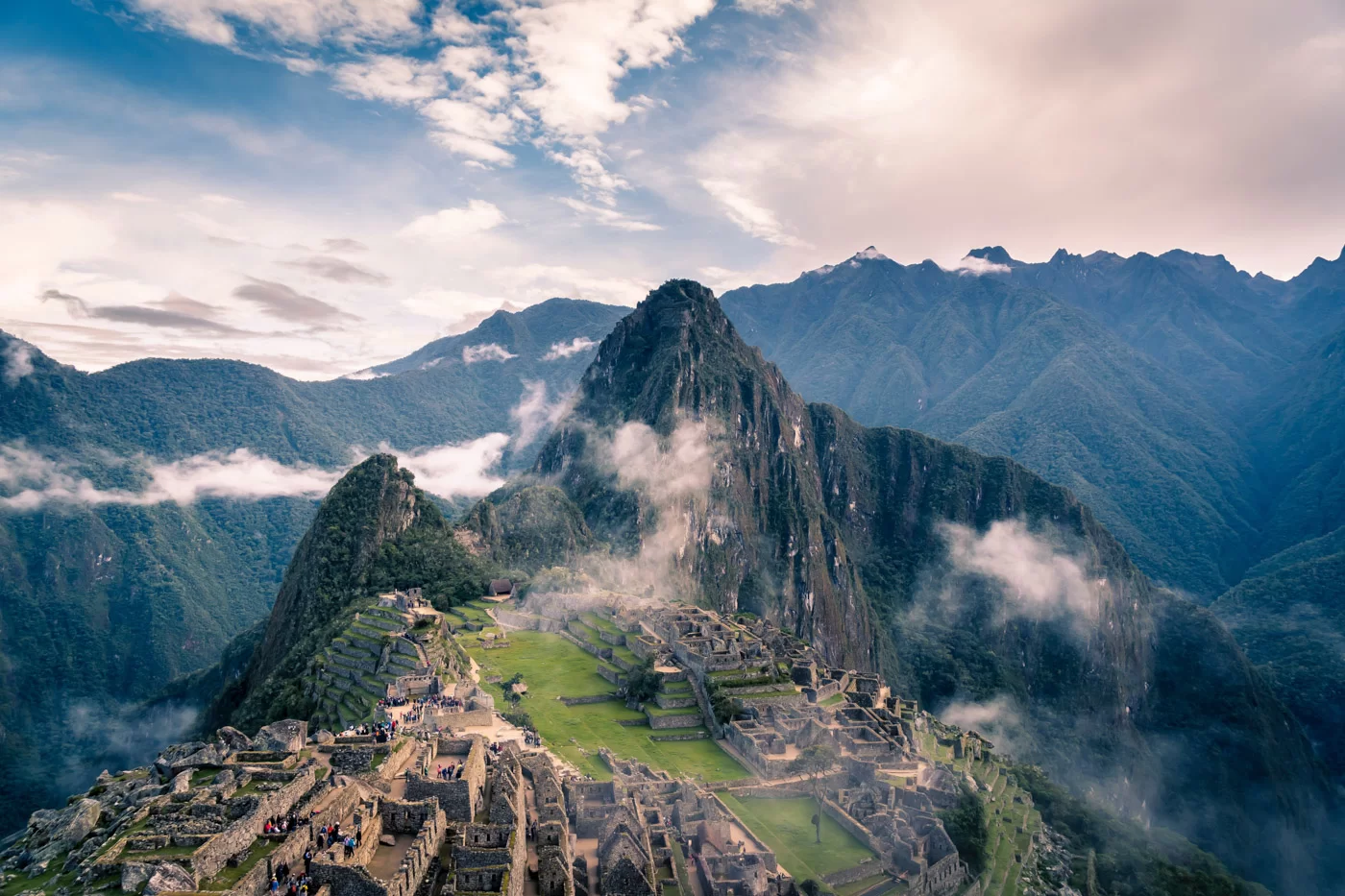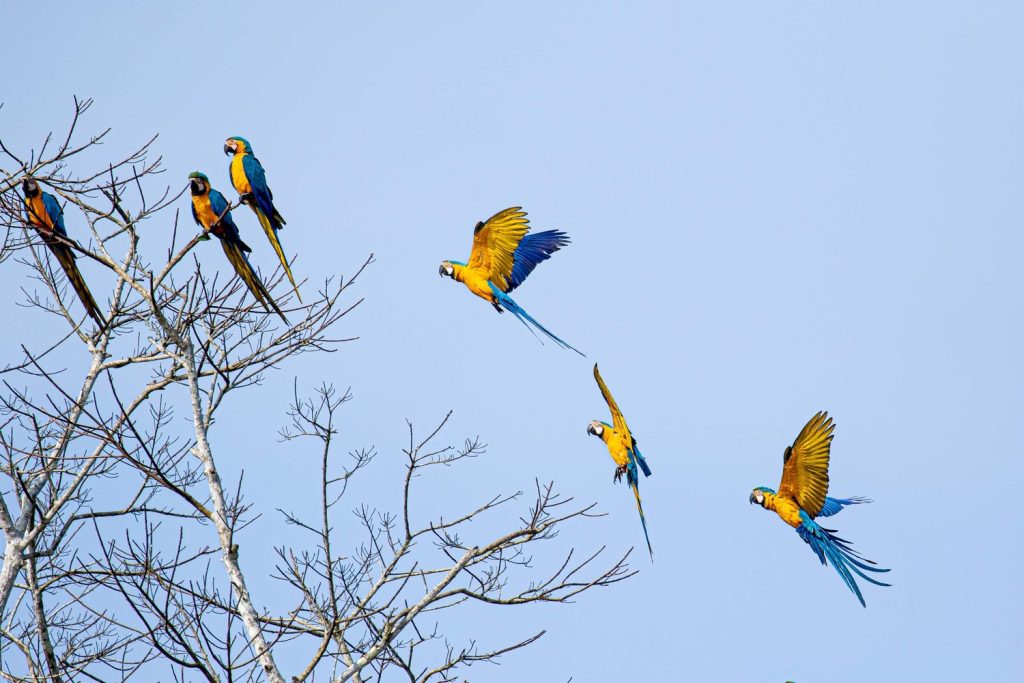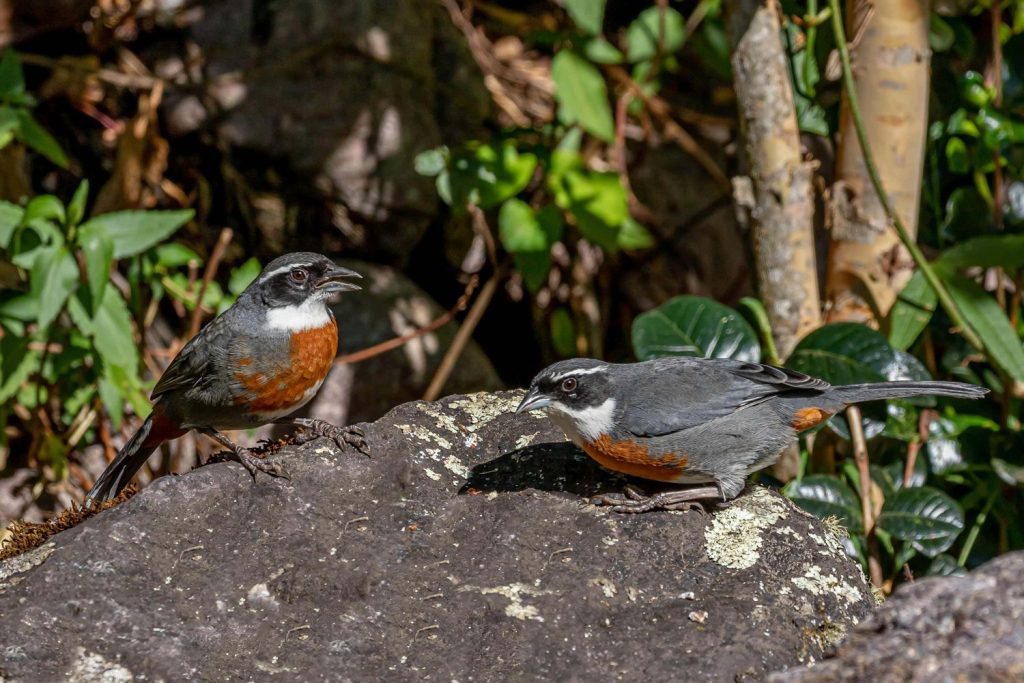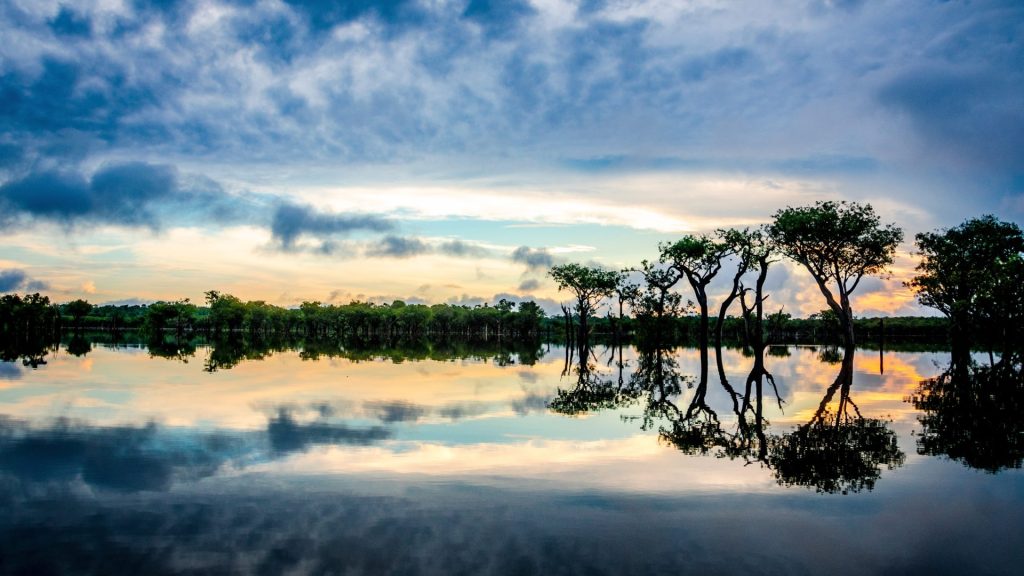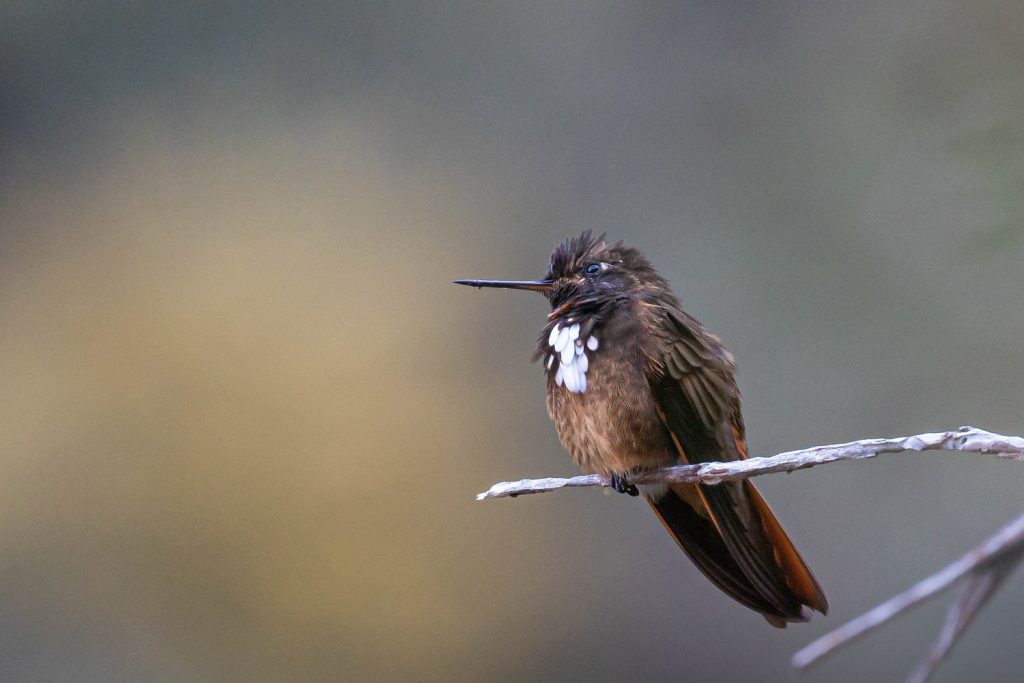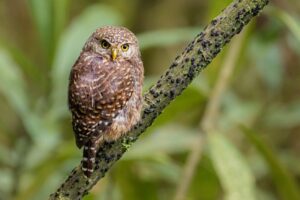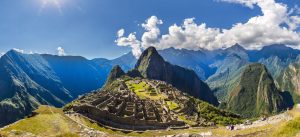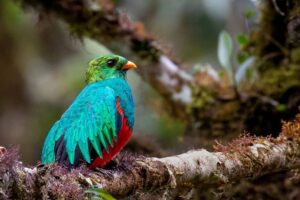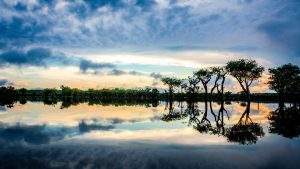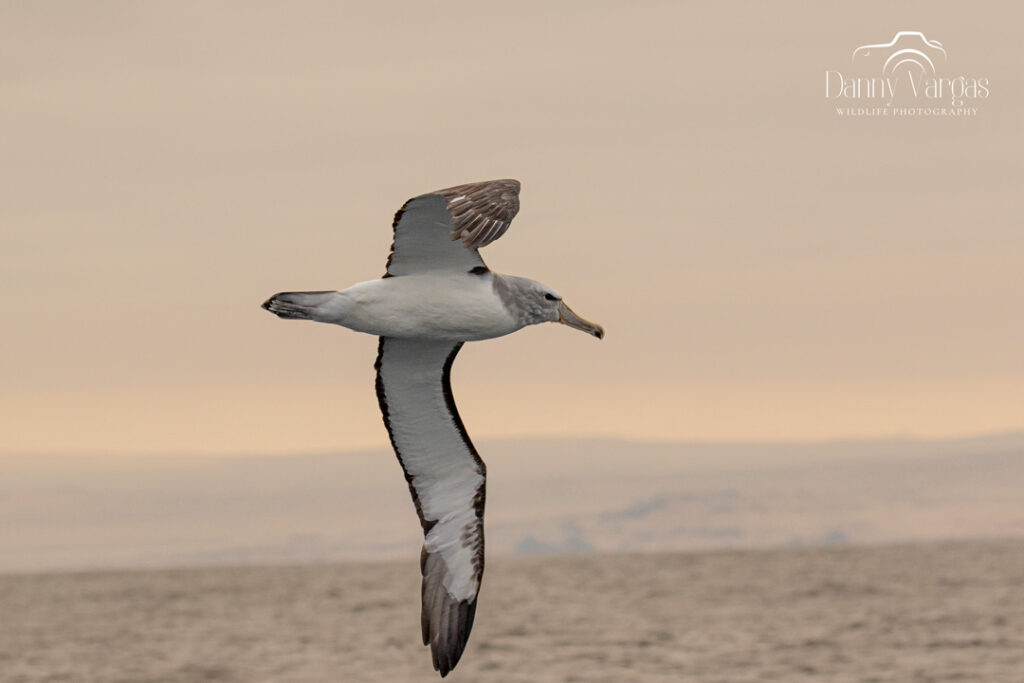Peru is a surprises box, located into the tropical zone, the majority of the territory is affected by the Cordillera de los Andes which crosses the country from south to north creating the most unimaginable geographic conditions. Here several cultures have thrived for millennia and in which the descendants of those ancient kingdoms continue to work the land. Here you will find a comprehensive definitive guide or outline for Birding in Peru.
This country comprises an immense biodiversity and birds are not the exception. Home of 117+ endemic species of a total of more than 1800 species and 16 biomes based on its great climate variability throughout the country. 12 life zones in the Atlantic Slope and 16 in the Pacific.(See the total count of Peruvian Endemics here).
Although Peru is essentially known as a culture destination since Machupicchu is part of the 7 New Wonders of the World as one of the most wanted places to visit, Birding here is extraordinary. It goes from very easy and good birding from verandas with hummingbird and tanager feeders to very remote and unexplored áreas, cruise ships through the Amazon, mythical archeological sites that host rarities and endemics… anything can be possible when Birding in Peru. As a great example of this bio diversity, Peru is currently the leading birding country in the October Big Day (see more details here).
Note
My first plan writing this was to make a comprehensible guide for this Megadiverse country which at first can be very intimidating, but soon I realized it would take a whole book and it actually already exists called “Where To watch Birds” in Peru by Thomas Valqui (but it is a bit outdated since it was written more than 20 years ago). Instead, what you will find below is an understandable yet simple outline from which you can start dreaming about your next Peru birding trip.
If you are more interested in Birding and Cultural trips, you may find this article interesting here.
PERU COASTAL HABITATS
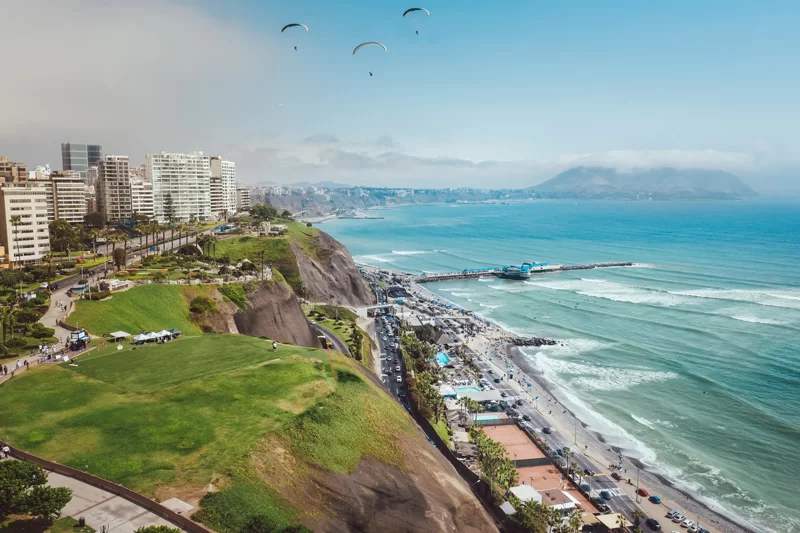
Of all the possible destinations you can go to in Peru, the Coast will be the one which is undoubtedly going to welcome you in the capital city, Lima “The city of the Kings”.
Coastal Habitats are dry, being actually the driest desert on earth. But don´t go wrong if you think there is not bird diversity for birding in Peru vian coast. The Humboldt Current creates a cold and rich condition of nutrients, from Humboldt Penguins and Peruvian Terns at the coast to awesome birding Pelagic at the Pacific coast right where the continental slope is closer in the continent. Very soon, the mountains start taking you up towards the Andes and, as soon as you raise up avian diversity and endemism gets higher as well. To get to the Andean hábitats and the Amazon Rainforest you have three options given by three main roads in North, Central and South that connect the country East-West.
SOUTHERN PERU
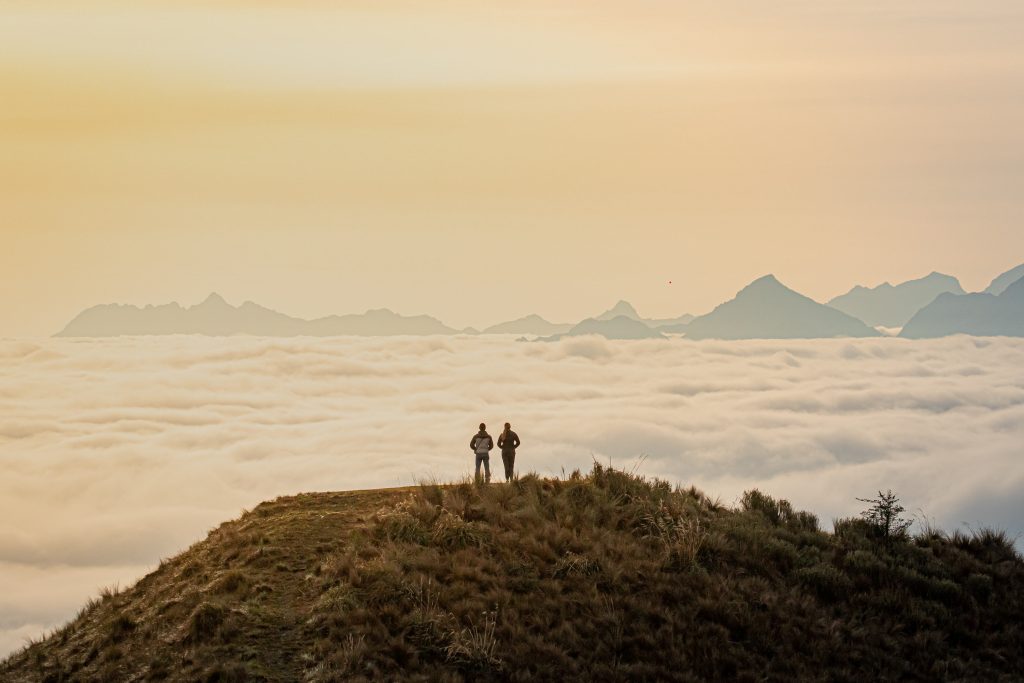

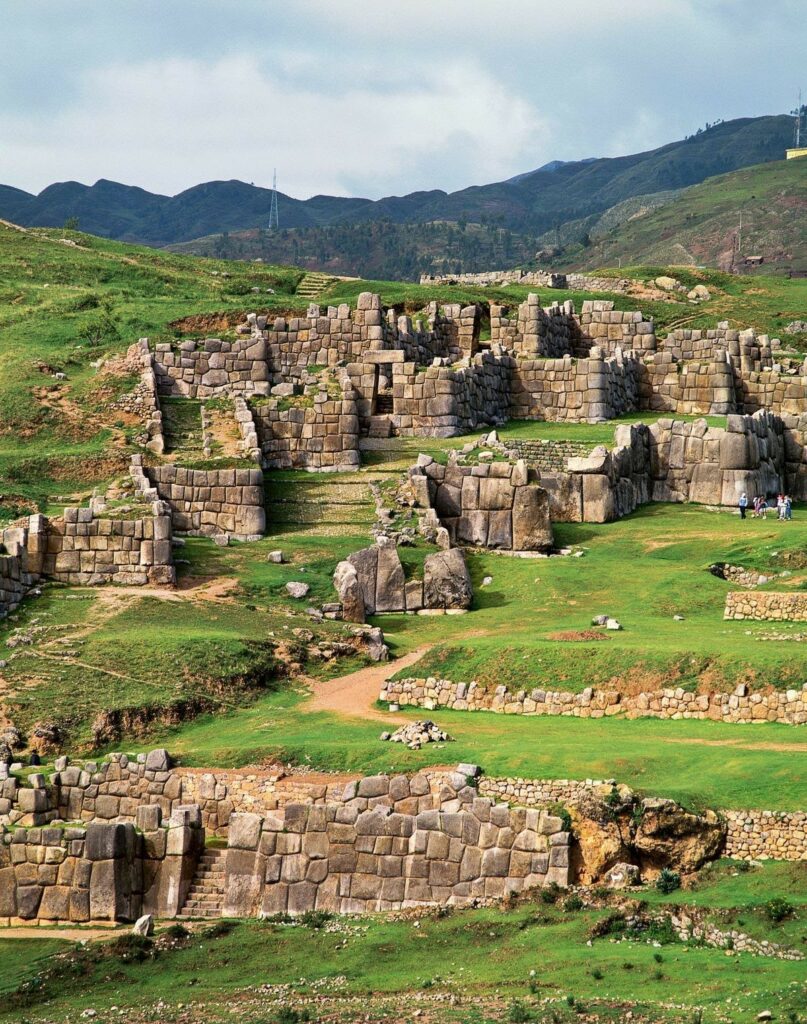
In Southern Peru the mountains are more spread than north and central and one or two domestic flights are needed to cover all the habitats. Here, we have the much more known historical áreas such as Nazca Lines, Cuzco, The Sacred Valley of the Incas and the wonderful Machupicchu so birding is regularly blended with historical touches. If you are interested in all these aspects of Culture and Nature we recomend at least 7 days or, even better, this «world class birding» and culturally rich 11 days tour.
South Coast
South coast is great for Pelagics as well since Nazca is the place where the continental slope is closer to the coast than anywhere else. Along the nutrient enriched soils of the Humboldt current so you have to travel less and birding is more effective (See more details here).
Southern Peru is very touristic with services and infrastructure dedicated for this industry. Cusco (or Cusco) at 3,400 masl, the ancient capital of the Incas is the City will receive you if you want to visit the south, from here there are lots of birding spots, the confluence of several isolated mountain ranges made if this place a center for commerce in the ancient times and holds great diversity and endemism that the complex Andes creates. They all are terrific birding places:
Andes and Machupicchu
- Machupicchu: is one of the new 7 world wonders and is a must if you are planning a trip for Birding in Peru, It is a perfect blend of birding and culture where you should look White-tipped Swift, Masked Fruiteater, Black-streaked Puffbird and in which bamboo patches you should look for Inca Wren. In order to arrive to Machupicchu, you must take a train directly to Machupicchu town and a short bus ride in an easy trip. See more details here. Or do a hike in the famous Inka trail.
- Abra Malaga used to be one of the favorite places for birding for Ted Parker with tropical glaciers where the Endemics Marcapata Spinetail, White-tufted Sunbeam, Unstreaked Tit-tyrant, Parodi’s Hemispingus, White-browed Tit-spinetail and th very mythical Royal Cinclodes are present. See more details here.
- Apurimac is home of a great endemism such as Apurimac Screech-owl, Apurimac Brush-finch, Apurimac Spinetail, Rusty-fronted Canastero, Pale-tailed Canastero and Andean condor. See more details here.
- Vilcabamba from where the Incas lasted almost 40 years attacking the spaniards in fierce battles since Manco Inca retreated to these remote mountains. Access to this Mountains in the heart of southern Peru is good now from Cusco and provides delightful species such as Vilcabamba Tapaculo Vilcabamba Thistletail, the weskei sub species of Marcapata (or Vilcabamba) Spinetail, Creamy-crested Spinetail, Cuzco Brush-finch, Urubamba Antpitta, Red-and-white Antpitta, etc. See more details here.
Manu National Park
- After Cuzco, driving the slope down to the Amazon is a unique experience in a vertical descending towards the lowlands where to one the most emblematic National Park in the Neotropics, Manu National Park!!. Possibly the best birding road in the world and one of the jems for Birding in Peru. From the high andean grasslands where Urubamba & Ren-and-white Antpitta, Gould’s Inca, Gray-breasted Mountain Toucan, Puna Wren are resident. It goes through every possible habitat towards the amazon lowlands. Birding the Cloud forest is a Paradise for Tanager mixed flocks all along the road and one specific location can give you access to a platform for enjoying displays of the males Andean Cock of the Rock that come daily to do courtship displays. Lower cloud forest and foothills have unique birding in bamboo patches with rare specialist such as Rufous-headed Woodpecker, Peruvian Recurvebill, Bamboo Foliage-gleaner, Bamboo Antshrike, Ornate Antwren and finally the lower amazon lowlands has an incredible diversity of Macaws and Antbirds. This trip To Manu, in addition to birds, also offers 13 species of primates. See our Manu Road Trip report here.
- You can plan your birding in Manu based on your budget, time or targets, being a National Park of almost 1.8 millios hectars, that will depend on how far you want to go.
- See for example the short version of 4 days at the High andes and Cloud Forest here.
- Or the longer version of 8 days here including Cloud Forest and Foothills
- Full Manu National Park trip including the reserved and one of the most pristine areas in the world here.
- Manu Road, Macaw CLaylick and Manu Wildlife Center is one of the grestest birding destination, see more here.
Amazon Rainforest
Another short domestic flight may take us to Tambopata, a National Reserve in Peru where the largest Macaw clay lick “Chuncho” exists and where hundreds of parrots and parakeets gather together and where three of the large Macaws come to lick the clay. Oxbow lakes are easily accessible for Birding as well where Hoatzin, Green Ibis, Limpkin, Sungrebe, Sunbittern, Stripe-chested Antwren and a family of the emblematic Giant Otters are residents and commonly seen. See more here.
NORTHERN PERU
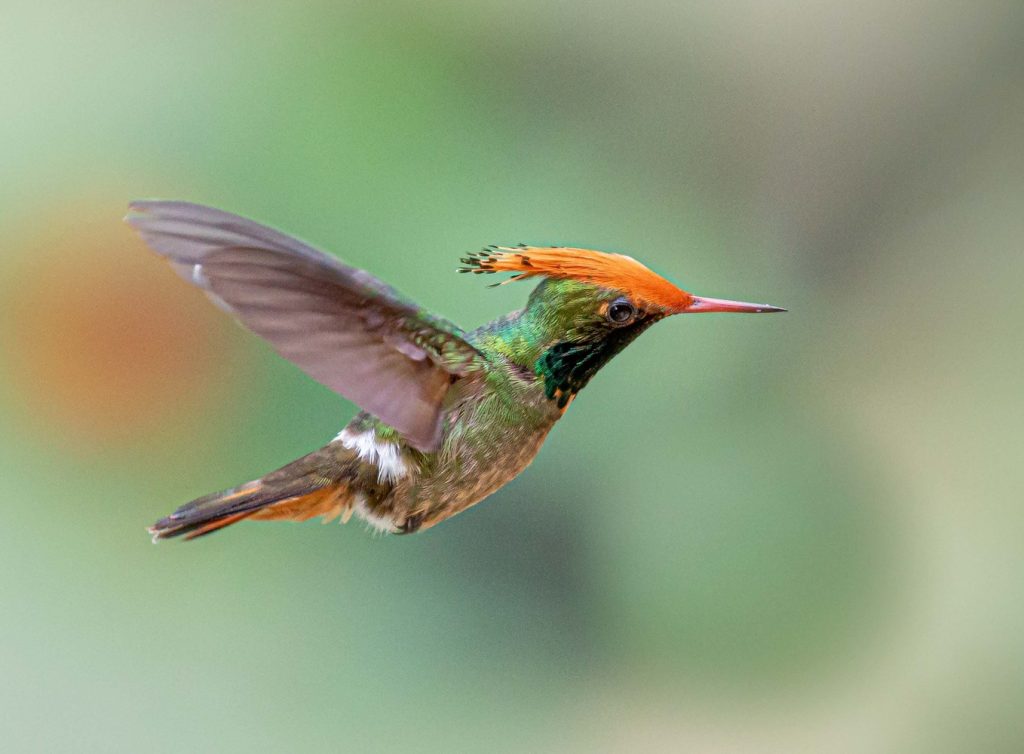
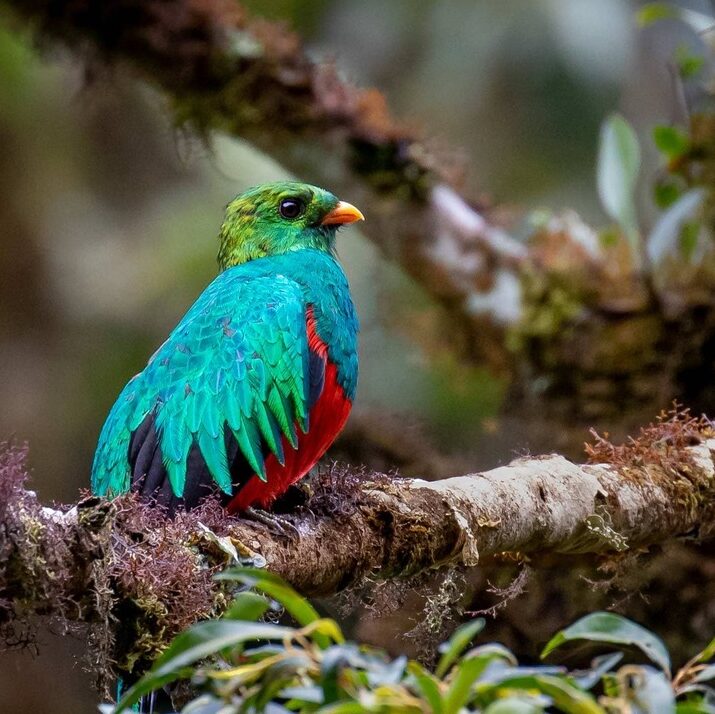
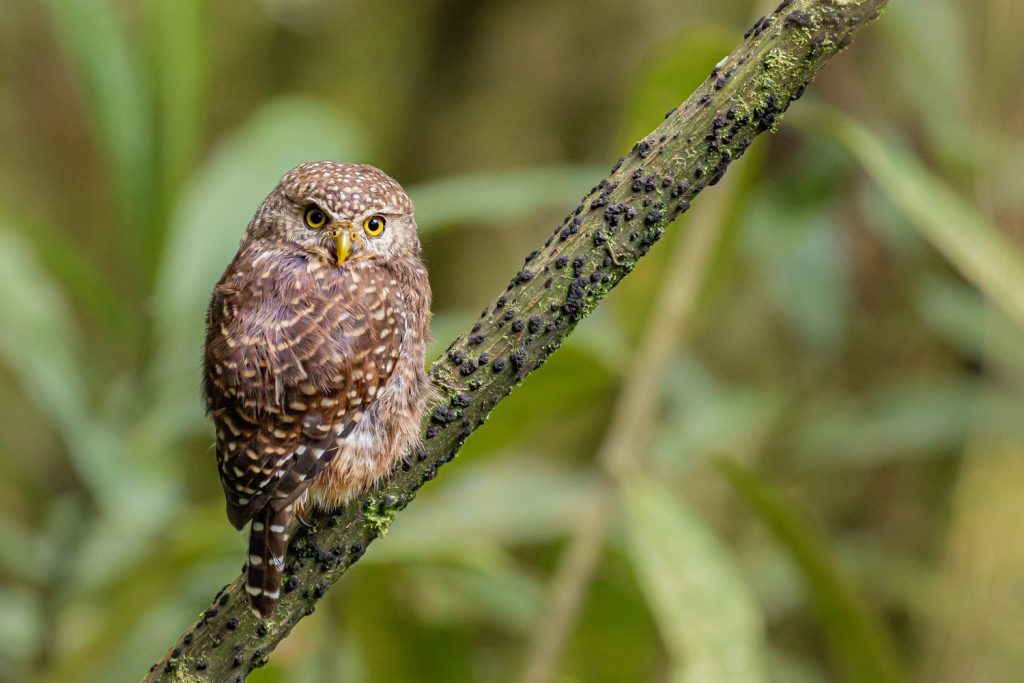
Northern Peru is a world class birding road and very easy for birding from a car in a very good paved road that crosses the country longitudinally from andes to Rainforest. See the details and itinerary here.
Birding spots
- Birding at Marañon basin and Tumbesian habitats is high and increasing, as long as science continues researching, the bird list will keep growing. The specialities here are restricted in distribution such as White-winged Guan, Gray-bellied Comet, Peruvian Pigeon, Purple-backed Sunbeam, Yellow-faced Parrot, Marañon Spinetail, Marañon Thrush, Tumbes Tyrannulet, Marañon Tyrannulet, Tumbes Hummingbird, Tumbes Pewee, and the whole peruvian endemic genus of Inca-finches (Incaspiza) .
- The road later goes towards the cloud forest in Abra Patricia where the undoubtedly the attractive Marvelous Spatuletail is the highlight together with specialities such as Long-whiskered Owlet, Cinnamon Screech Owl, Johnson’s Tody-Flycatcher, Yellow-scarfed Tanager and awesome views of Rusty-tinged and Ochre-fronted Antpittas in feeders.
- After the mountains, you will find the East Slope of the Andes in which Abra Patricia foothills there are few birding spots where Huallaga Tanager, Yellow-breasted Tanager, Ash-throated Antwren, Lined Antshrike, Peruvian Tyrannulet, also Ecuadorian Piedtail, Napo Sabrewing, Cock of the Rock and Burnished-buff Tanager are present. Once already in the way to the Amazon lowlands you will find Moyobamba where the attractive Rufous-crested Coquette, Brown Violetear, Black-throated Hermit in feeders and a walk close by may reward you with Mishata Tyrannulet, and multiple other tanagers and if you go further in the forest Lafresnaye´s Piculet, Fiery-throated Fruiteater among several others. See more here.
- You finally arrive at Tarapoto and Cordillera Escalera where Koepcke’s Hermit, Blackish Pewee, Dotted & Yellow-billed Tanager are residents, additionally you may find Golden headed Manakin also present.
We recommend covering this section of Birding in Peru Northern road in 16 days starting in Lima but a possible extension of 4 extra days to Cordillera Azul National Park for Scarlet-banded Barbet and Cordillera Azul Antbird is also highly recommended. See here.
Find our Birding at Norhtern Peru Trip Report here.
BIRDING CENTRAL PERU
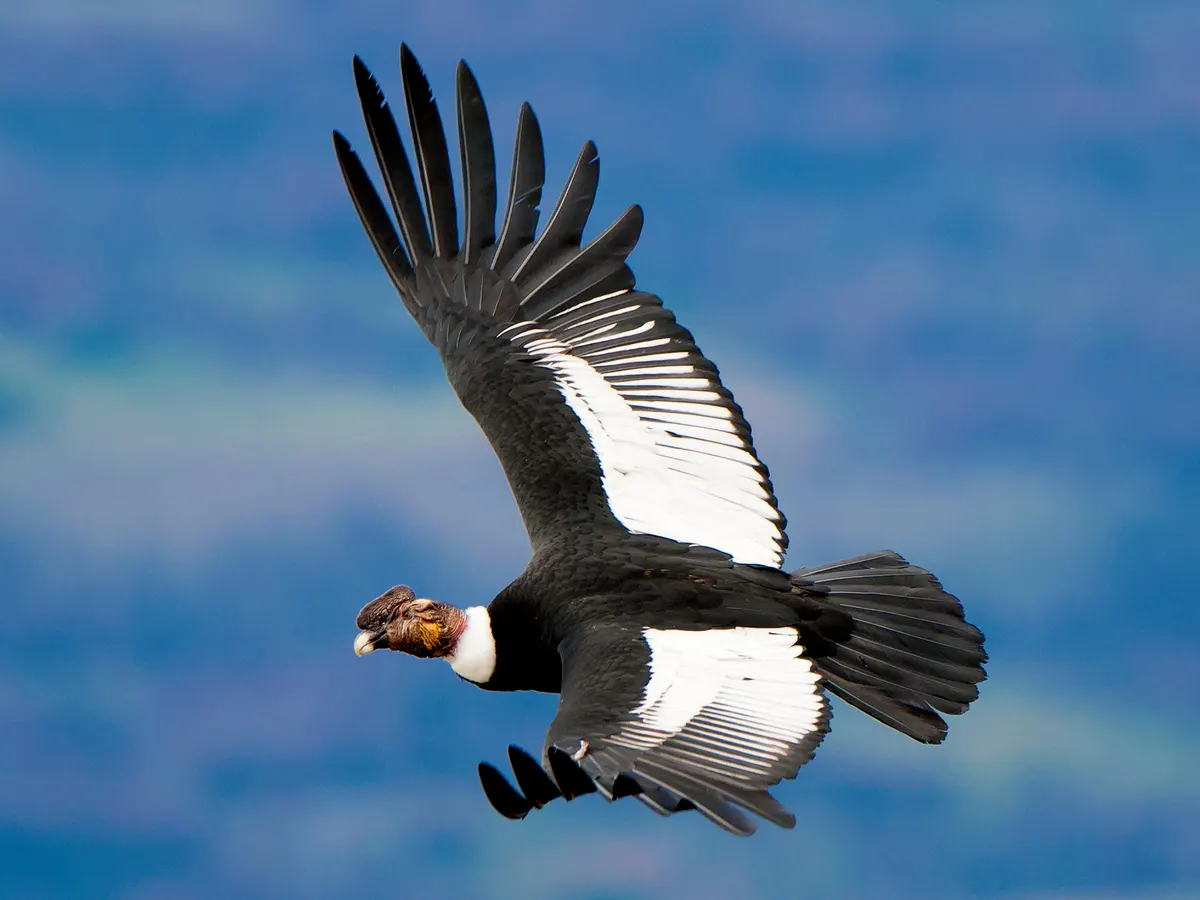
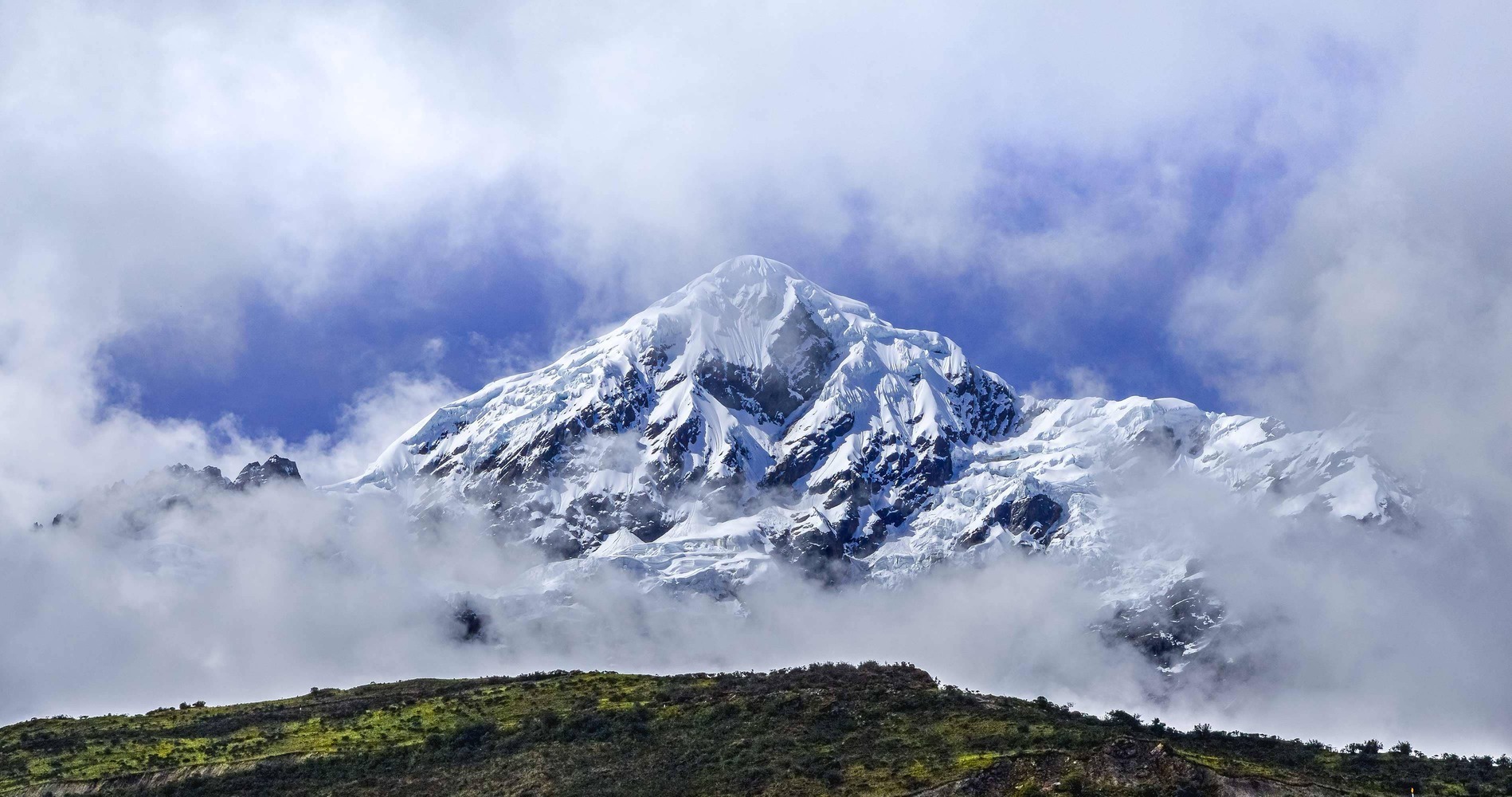
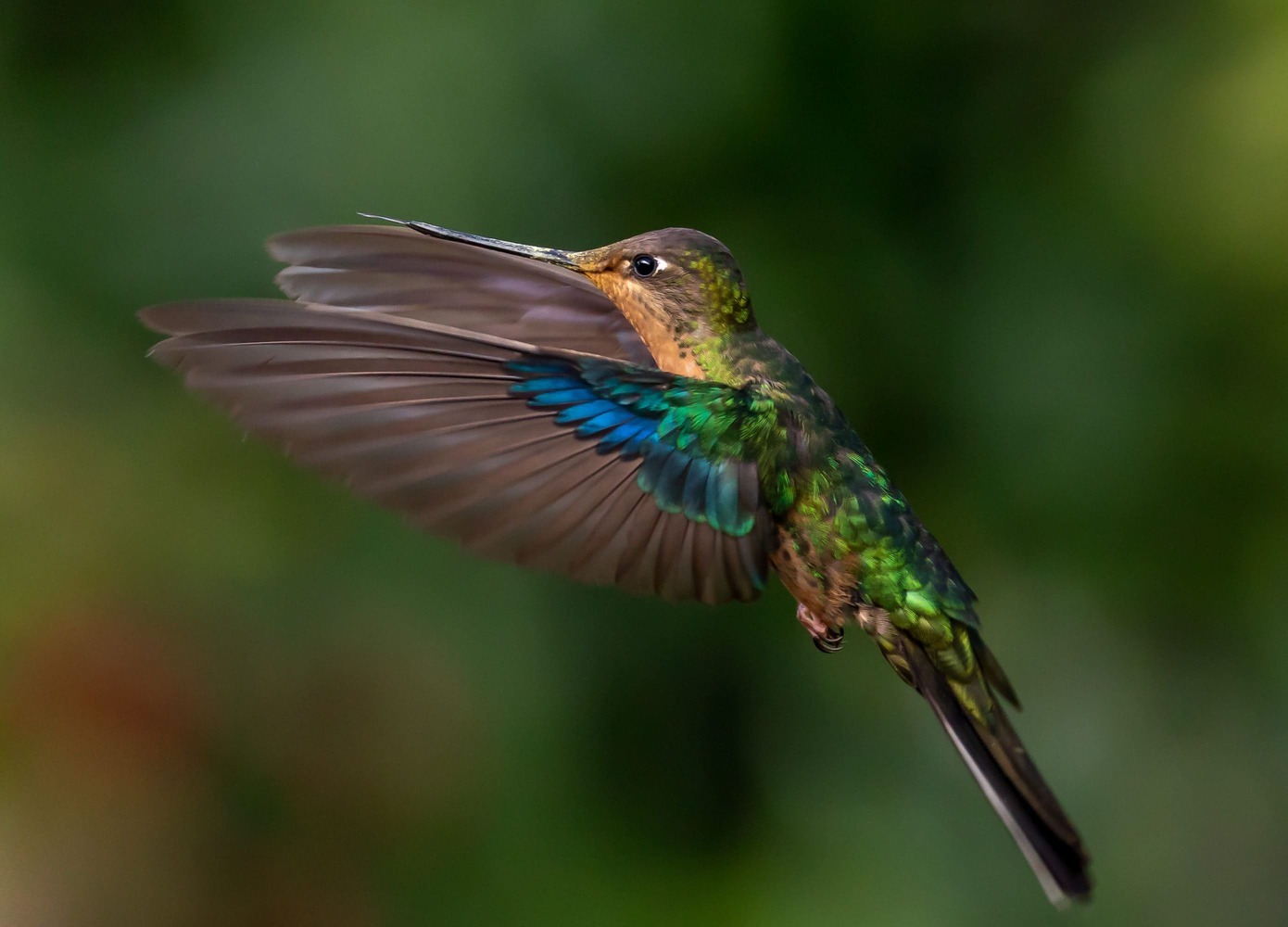
The central highway is both, far the most productive for endemic and restricted species and the least developed in terms of tourism infrastructure. It starts in Lima and immediately takes you uphill, and even if you don’t follow the central road it is really worth it to spend at least one full day here:
Andes
- Santa Eulalia in Central Peru is home of Scarlet-fronted and Mountain Parakeet use to visit agricultural fields and the Endemics Great Inca-finch and Rufous-breasted-Warbling finch and at any time looking up to the sky Andean Condors are regularly seen birding here. Bronze-tailed Comet as well as Striated Earthcreeper, Black-necked Woodpecker, Rusty-crowned Tit-spinetail, and Canyon Canastero are also good birds in this section. The road keeps going higher and over 3.500 masl turn into a Highland grassland with Polylepis patches where Baron´s Spinetail. Finally White-cheeked Cotinga and Black-breasted Hillstar and Black Metaltail.
- If you decide to go forward in Central road, Marcapomacocha. Over 4,000 masl is your next destination, home of two of the most Mythical and rare birds of Peru are close. White-bellied Cinclodes and Diademed Sandpiper-plover next to Junin Canastero, Dark-winged Miner, Glaciar Finch, Olivaceous Thornbill, Giant Coot, Gray-breasted Seedsnipe and the rare Rufous-bellied Seedsnipe are likely to be found here birding in high elevation.
Cloudforest
- The road continues towards the lower amazon basin passing by the cordillera Carpish where Unchoq, a unique humid montane forest, it is a terrific site since it holds some of the most restricted endemics in Peru. White-chinned Thistletail, Bay-vented Cotinga, Pardusco, Neblina & Tschudi´s Tapaculo, Brown-flanked & Yellow-scarfed Tanager, Golden-backed Mountain Tanager and Rufous-browed Hemispingus, among others.
- After descending from the High Andes, Satipo is an incredible Cloud Forest for birding. You should spend one day at least at the productive Pariahuanca Road , with Creamy-crested Spinetail, Black-spectacled Brush-finch, Mantaro Wren, Mantaro Spinetail and Mantaro Thornbird. Satipo Road is similar to the famous Manu Road (see more here) where Fiery-throated Metaltail if frequent, the bamboo holds Eye-ringed Thistletail and where you should look for Peruvian & Coraya Wren, Slaty Brush-finch, Oxapamta & Junin Antpitta, Peruvian Piedtail. Large-footed Tapaculo and other beauties such as Andean Cock of the Rock, Golden-headed Quetzal, Flame-faced Tanager and a total of Mountain-tanagers, all frequently seen here (Hooded, Lacrimose, Scarlet-bellied, Buff-breasted, Blue-winged & Chestnut Bellied).
If you want to know some basic tipping guideliness during Birding and Photography Tours, see here.
See our dedicated article for our recomendations about which Field Guides you should use for Birding in Peru here.
If you are more interested in Birding and Cultural trips, you may find this article interesting here.
If you are not sure of which binoculars you should use during your birding trip see here.

